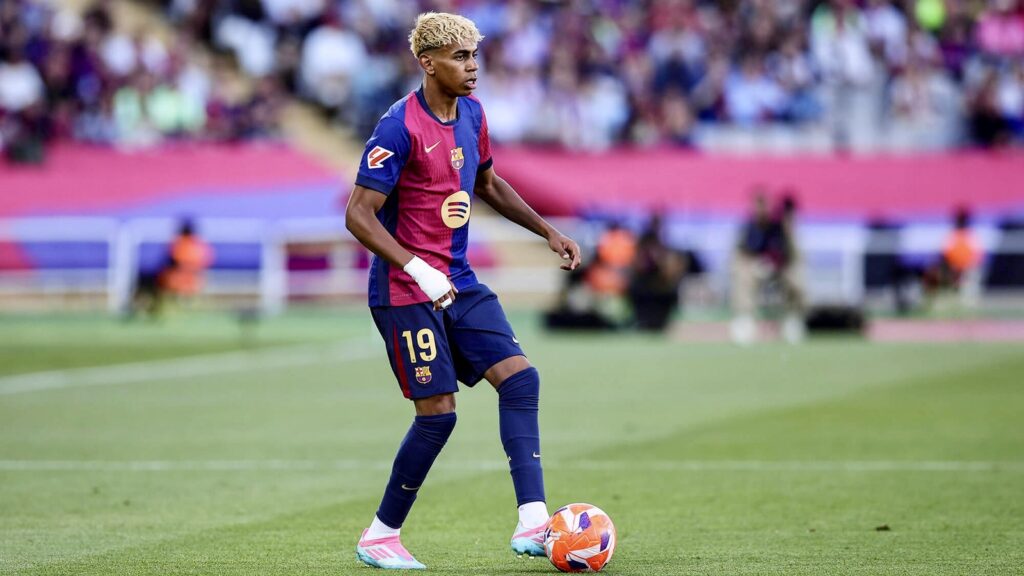The move from a football academy to a first team is among the most challenging transitions in a player’s career. While there are training opportunities for youth players with the hope of them one day breaking into senior squads, very few ever manage the feat. The “jump” from youth into senior football is steep and sometimes downhill, testing by way of obstacles-physically, mentally, and emotionally.
The article throws light on the transition of young footballers from academies to professional first teams. We focus on the challenges they face and the factors that govern the outcome of their success.
The Transition: More Than Just Talent
A player graduating from the youth setup is more often than not technically gifted. However, first-team football demands so much more. The pace, strength, intensity of senior matches-far greater compared to those of youth leagues-are things to reckon with. Players must have their feet ready, while their minds and bodies follow suit.
It is quite paradoxical because while youth academies instill development above all else, senior teams find results paramount. Black and white mistakes in senior competitions – if any notion of mercy is entertained – white-washed and accepted from the youth matches. This creates pressure, and not every player is ready to handle it immediately.
The Physical and Tactical Gap
One of the biggest challenges young players face is the physical difference between youth and professional football. In the first team, players are stronger, faster, and more experienced. Tackles are harder, and stamina is crucial. A player who might dominate in youth leagues can easily be outmuscled or outrun in senior games.
Fitness training intensifies once a player joins senior squads. They need to build endurance, adapt to new diets, and understand recovery routines. Coaches also introduce more complex tactical systems that require high levels of concentration and decision-making.
For example, when Pedri joined FC Barcelona’s first team in 2020 at just 17, he played over 70 games in a single season, including La Liga, Champions League, and the Euro 2020 tournament. That workload showed his exceptional stamina and adaptation but also led to fatigue. It’s a clear example of how physically demanding the transition can be.
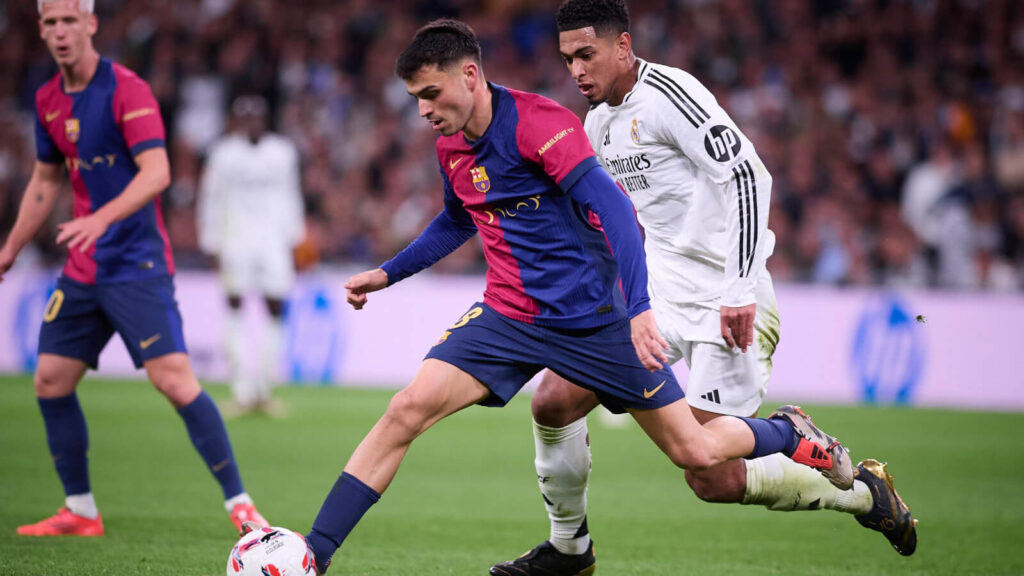
The Role of Mental Strength
Mental strength is as important as technical skills in the journey from youth to senior football. Players face criticism, competition for places, and high expectations. Some may lose confidence after a poor performance or when dropped from the squad.
Pressure from fans, media, and even family can be overwhelming. Young players must learn to stay focused and resilient. Clubs often assign mental health coaches or mentors to help them navigate these challenges.
Bukayo Saka, who broke into Arsenal’s first team at 17, is a great example. After missing a penalty in the Euro 2020 final for England, he faced racial abuse online. However, he bounced back mentally and continued to perform at the top level for Arsenal. His story shows how mental resilience can define a young player’s career.
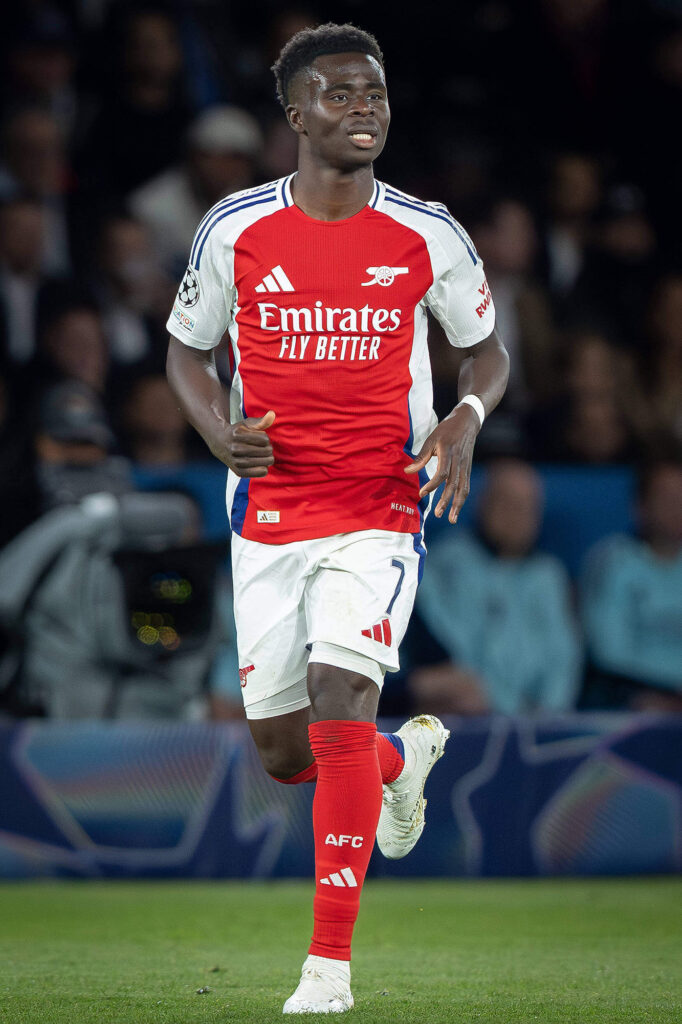
Game Time and Development
One of the biggest questions clubs face is how to give young players match experience without hurting results. Many clubs use domestic cup competitions or substitute appearances to ease players in. However, this isn’t always enough.
That’s why loan spells are common. A player may be loaned to a smaller club to gain regular minutes and adapt to competitive football. For example, Harry Kane had multiple loan stints before becoming a star at Tottenham. These experiences toughened him up and taught him how to deal with real-game pressures.
However, loans come with their own risks. A poor loan spell, injuries, or a mismatch in playing style can derail development. Therefore, selecting the right club is crucial.

Mentorship and Senior Support
A young player’s integration is smoother when senior teammates or coaches take them under their wing. Mentorship helps them learn the unwritten rules of the locker room and how to handle success and failure.
Clubs like Manchester City, Barcelona, and Bayern Munich have strong internal cultures that support youth development. For example, Phil Foden was eased into Manchester City’s team under Pep Guardiola. Rather than rushing him, the club allowed him to train with senior players, learn their professionalism, and grow gradually.
Mentorship is especially important in big clubs, where competition is fierce. A guiding presence can keep players grounded and help them make better decisions on and off the field.
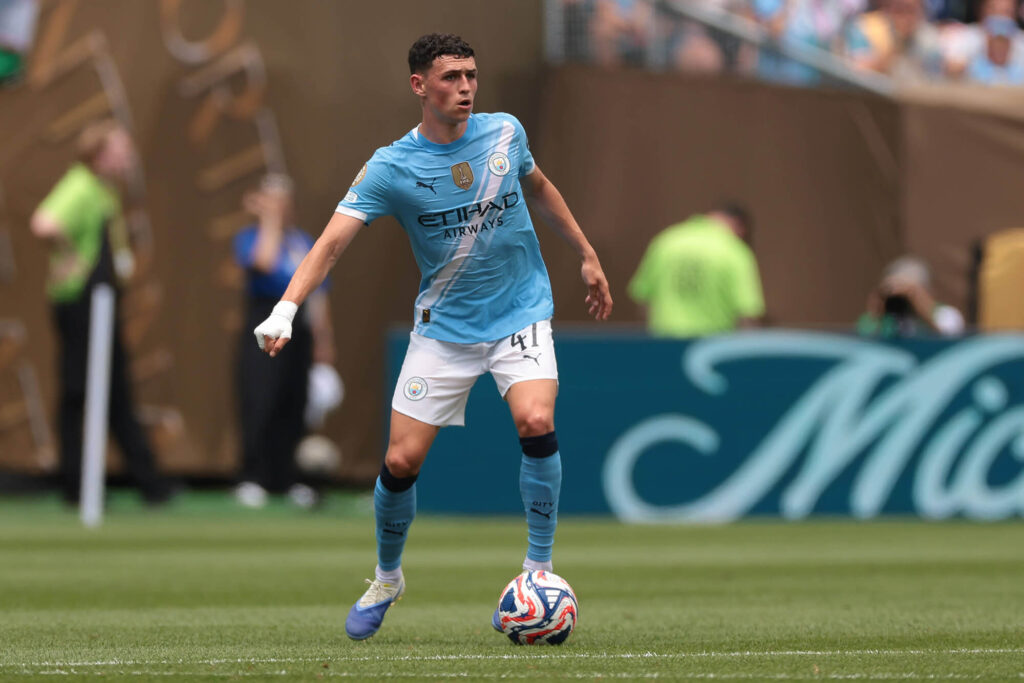
Handling Fame and Lifestyle Changes
Breaking into the first team also brings fame and money – two things that can distract young players if not handled well. Many clubs offer financial education and media training to help youngsters stay focused.
Social media also plays a big role in a young player’s life. Positive reactions can boost confidence, but negative ones can harm mental health. Clubs now monitor and guide players on their digital presence.
Jude Bellingham, who moved from Birmingham City to Borussia Dortmund at 17 and then to Real Madrid, is a good example of someone who has handled fame with maturity. His humble attitude and professionalism have been praised by coaches and teammates alike.
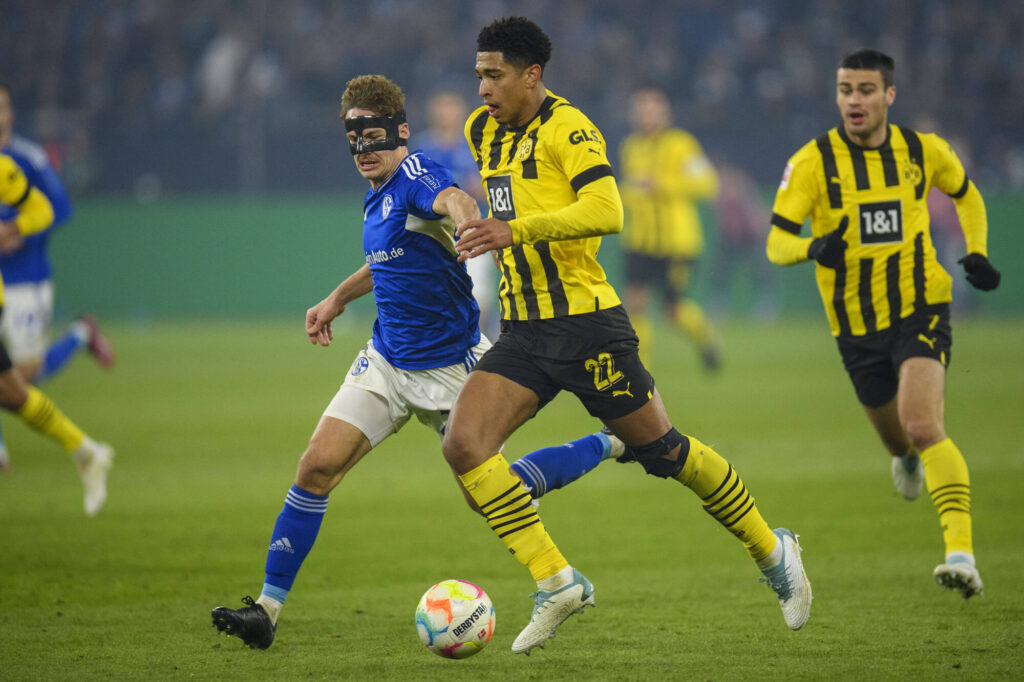
The Importance of Patience
Not every talented player makes an immediate impact. Some take time to adapt, and clubs must be patient. Rushing development can lead to burnout or loss of confidence. Therefore, having a long-term vision is essential.
Some players, like Marcus Rashford, hit the ground running and become starters quickly. Others, like Reece James, took more time through loan spells and training before becoming regulars. Each path is different.
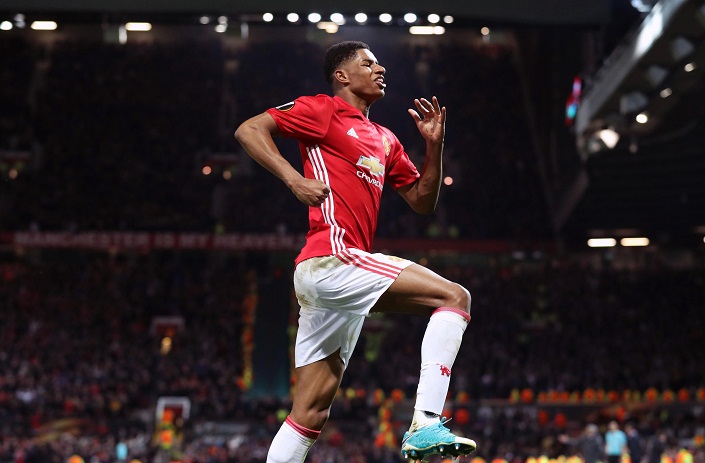
Coaching Philosophy and Club Vision
The chances of youth players succeeding also depend on the club’s philosophy. Some clubs are known for promoting youth—like Ajax, Borussia Dortmund, and Barcelona. These teams invest in academies and believe in giving young players chances.
On the other hand, clubs chasing immediate results often prefer experienced players, making it harder for youth players to break through. In such cases, loan moves or permanent transfers might be better for development.
Arsenal, under Mikel Arteta, has shown a clear commitment to youth, promoting players like Saka, Emile Smith Rowe, and Ethan Nwaneri. This kind of environment encourages growth and builds long-term success.
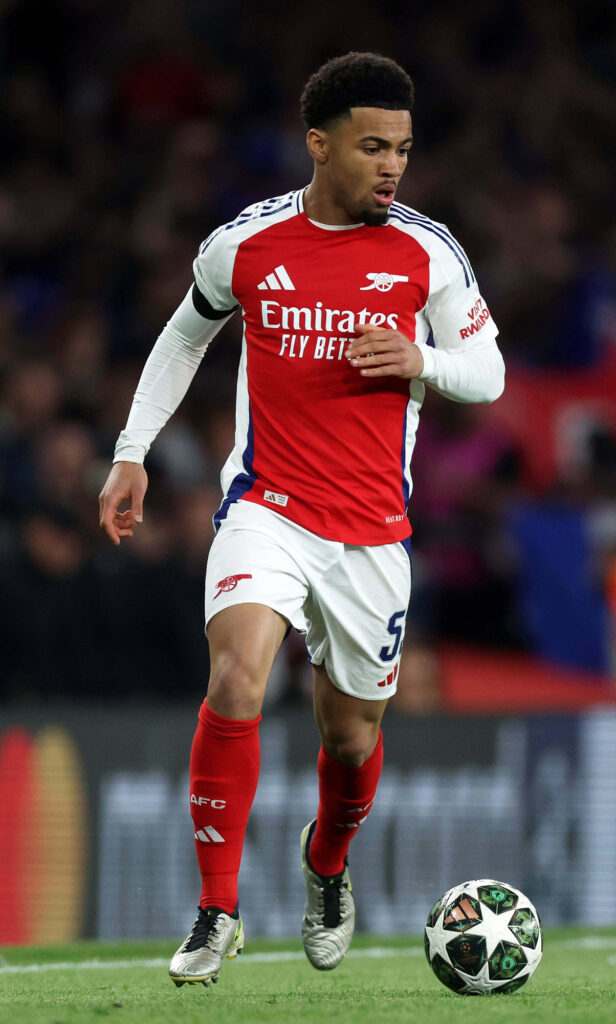
Reaching The Path to Success
The transition from youth to first team is not just about footballing ability. It’s about handling pressure, maintaining fitness, learning from others, and staying mentally strong. Real-life examples like Pedri, Saka, Bellingham, and Kane highlight that the journey is demanding but possible.
For a young footballer, breaking into the first team is a dream—but also a test. With the right support system, mindset, and opportunities, that dream can become a long and successful career.
